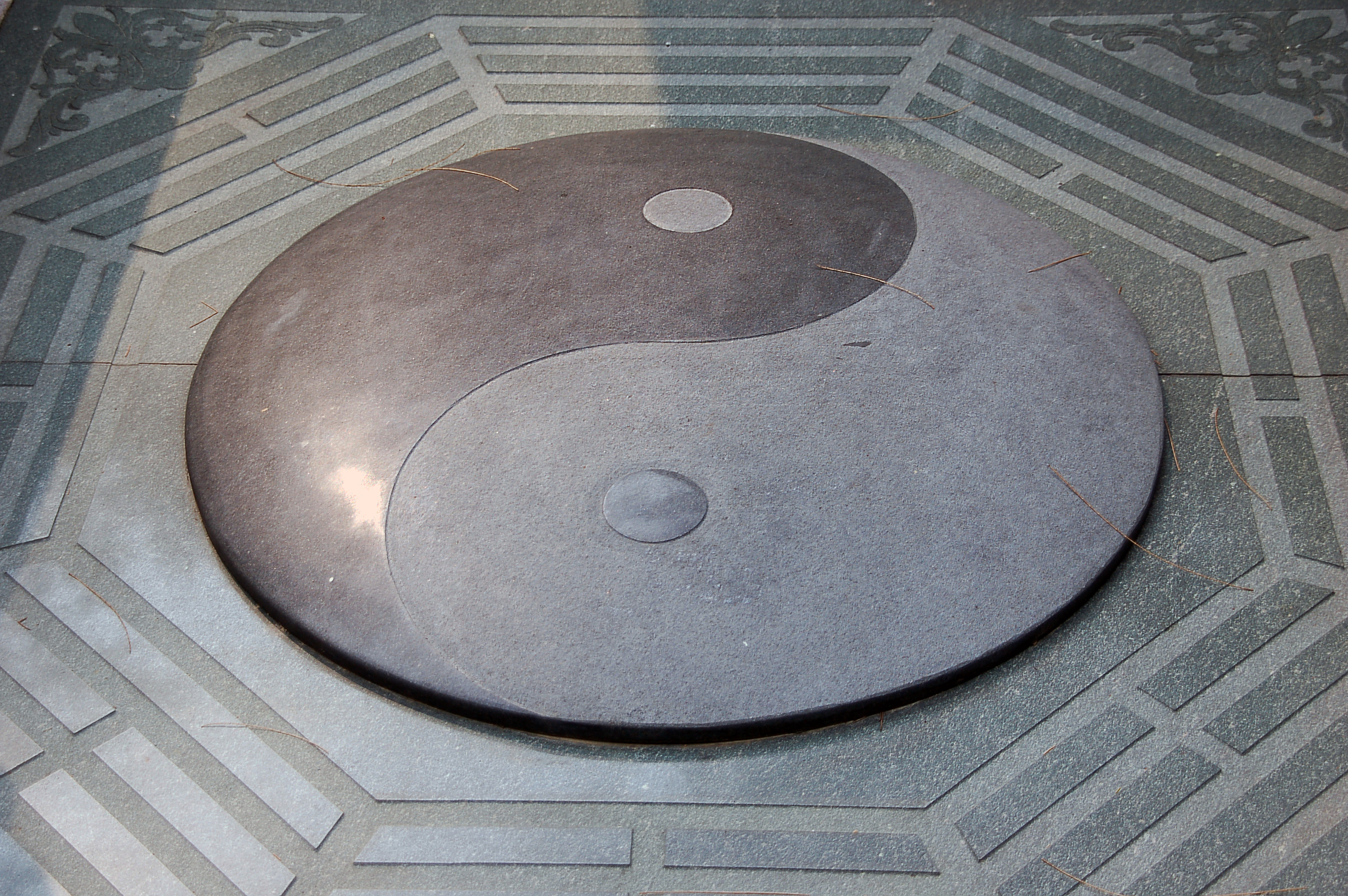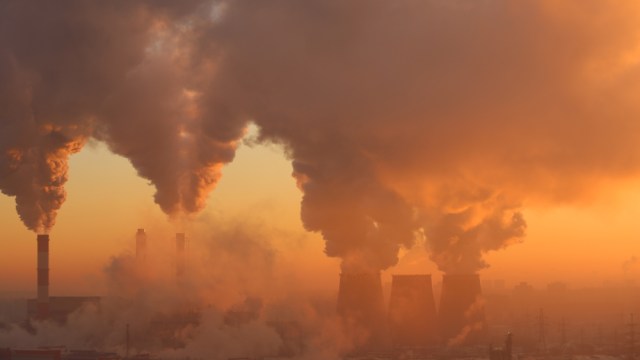What Global Warming of the Past Tells Us About the Future

Our Antarctic work is to look at the nature of global temperatures at the end of the Crustaceous Period. Crustaceous ended 65 million years ago when a large asteroid hit us in the Yucatan Peninsula causing the mass extinction. But we’re trying to see what happened in the 10 million years prior to that because we know at that time there was a gigantic volcanic event in India. These are a big flood basalts they’re called. It’s not a single point source volcano, but imagine enormous areas of the Earth, creeping lava coming out of the cracks and flowing slowly all around scaring dinosaurs to death, probably running in front of this stuff. It probably also killed a few dinosaurs, but what it did do was vent an enormous quantity of volcanic carbon dioxide and other gasses into the atmosphere.
We wanted to know if there was any precursor to the impact. Was the impact just the coup de grace coming on an already affected world? That does seem to be the case. The best place to understand anything about global warming isn’t at the tropics. That’s where temperatures change the least. It’s at the poles where you have the greatest absolute change. So, we found a ten degrees centigrade change from colder to warmer in the last two to three million years prior to the impact itself. The place really did warm up, and fast, from a lot of Co2 in the atmosphere. Now, there’s obviously parallels to what’s going on in the world today.
In Their Own Words is recorded in Big Think’s studio.
Image courtesy of Shutterstock





